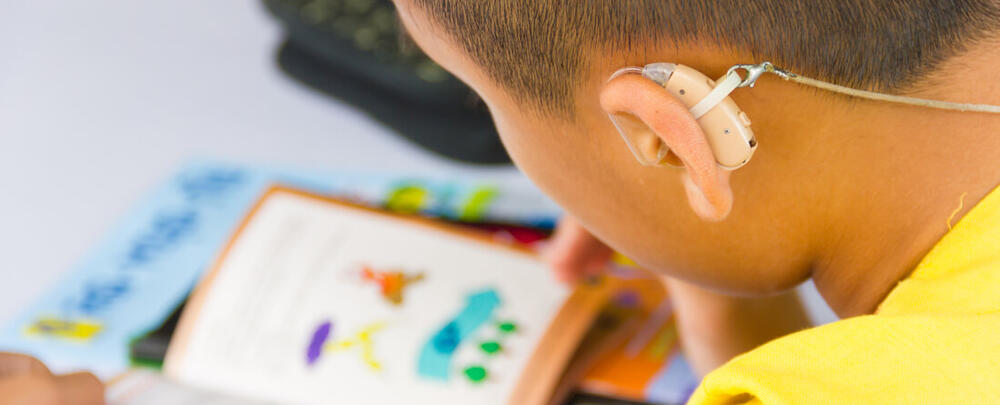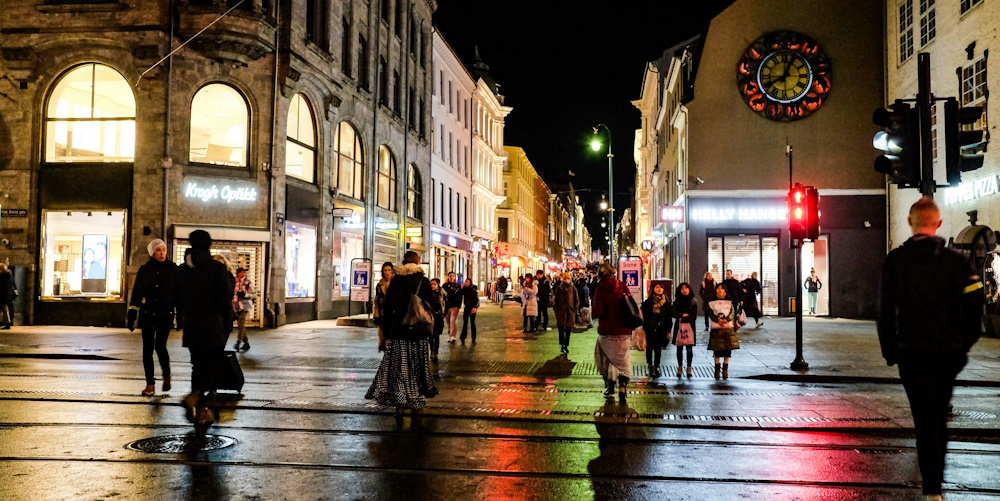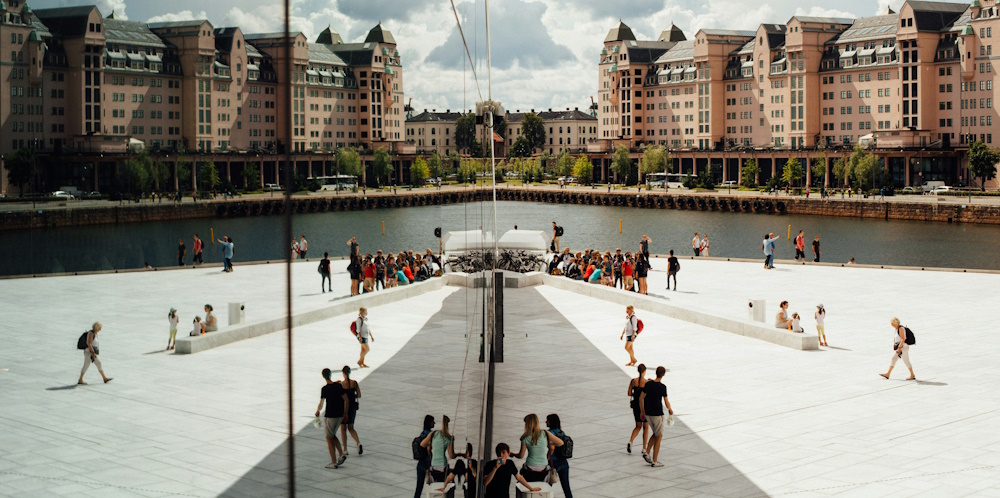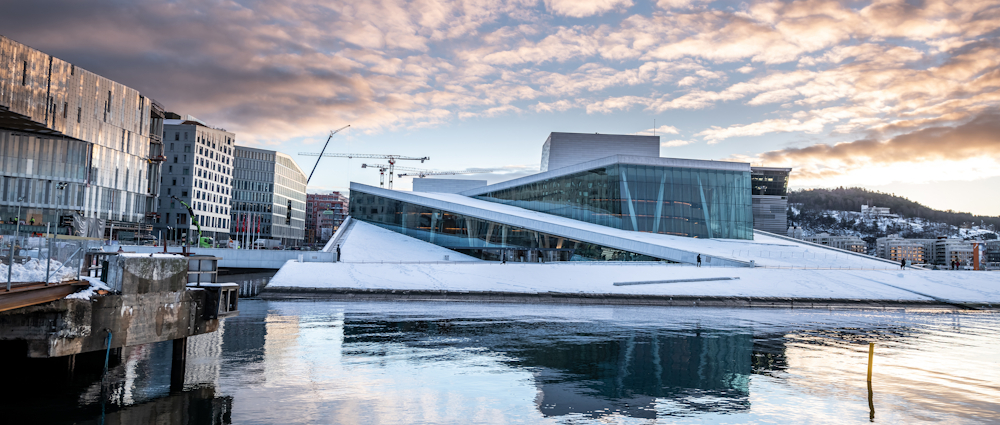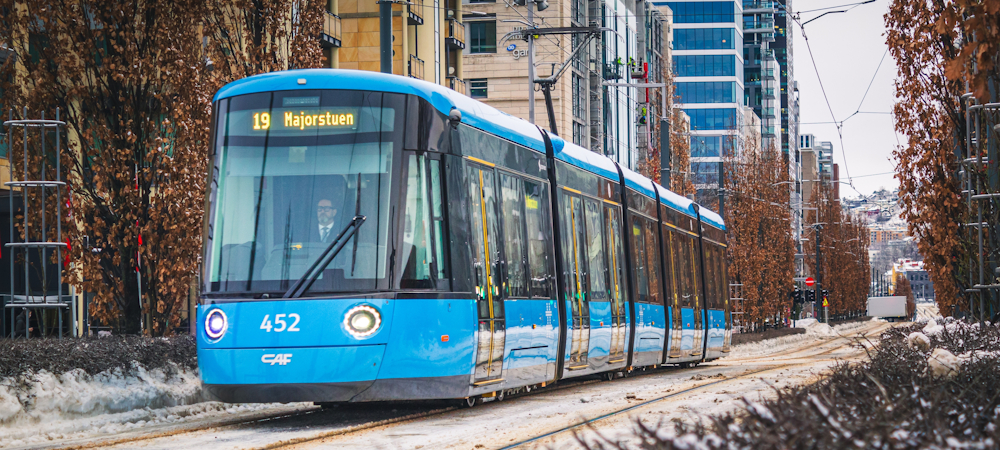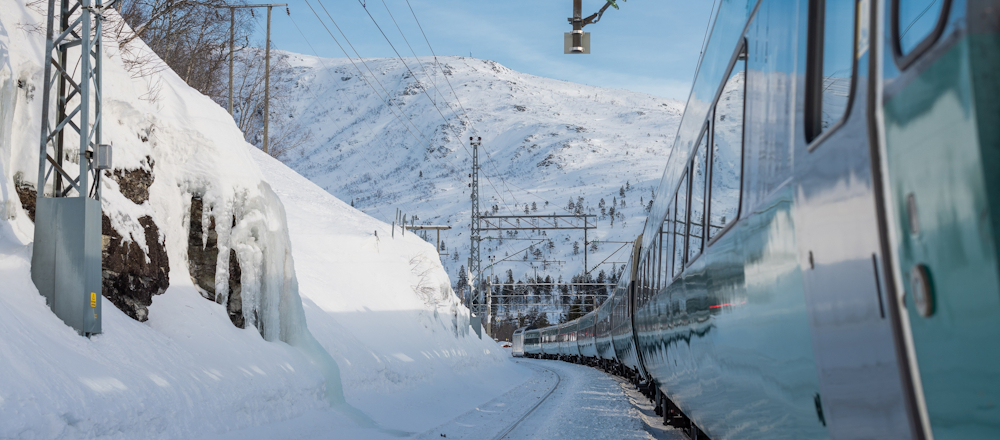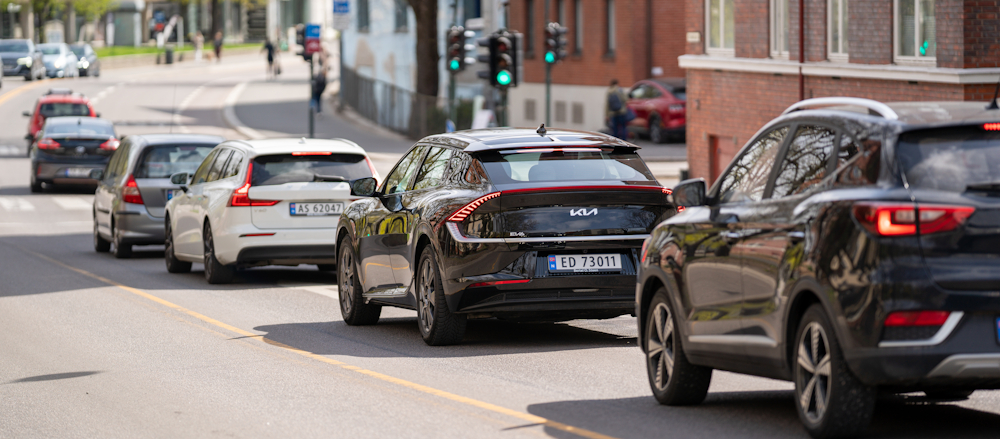Living in Oslo as an expat
Oslo, the capital of Norway, is situated at the head of the Oslo Fjord, which is 110 miles (177km) long. Whether you come in by air, sea or road, you’ll likely be struck by the profusion of nature surrounding the city. Nestled between water, islands and forested hills, Oslo has a physical layout that is closely linked with its natural features, and the city’s surrounding scenery is simply breathtaking, with a high quality of life to match.
Working in Oslo
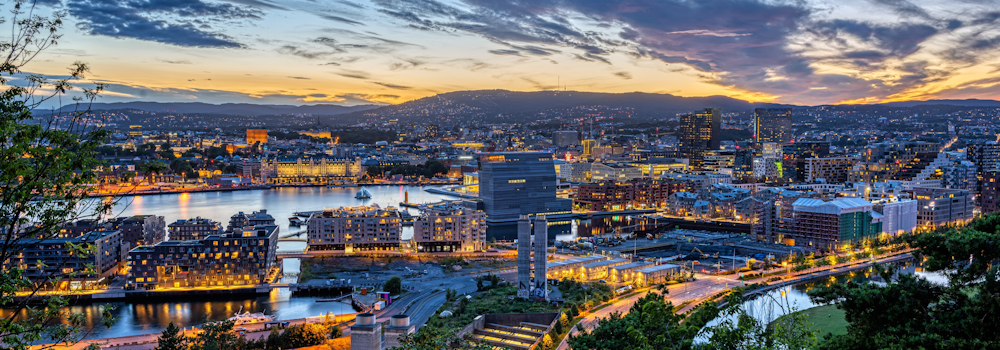
Oslo is the cultural, scientific, economic and administrative centre of Norway and contributes almost a quarter of the country’s gross domestic product. The government and parliament are located here, as well as the home of Norway’s royal family. The city is also a hub for Norwegian trade, banking, and industry and an important centre for maritime industries and trade in Europe.
For several years, Oslo’s population of around 650,000 has been growing at an annual rate of around two percent. A large portion of this growth stems from immigration, which is, in turn, changing it into an increasingly cosmopolitan city.
More than 25 percent of Oslo’s population is foreign-born. The most common countries of origin include Pakistan, Chile, Somalia and Sweden. There are also many British and American expats working here, primarily in the oil, gas and shipping industries.
Working in Oslo
Business Culture in Norway
Cost of living in Oslo
While Oslo has a fairly high cost of living, it's well balanced by high salaries and the exceptional quality of life enjoyed by its residents. Its public transport is excellent but also quite pricey.
Rental prices are high in the Norwegian capital, as the city is experiencing a housing supply shortage. Many residents often journey to neighbouring Sweden to purchase goods, especially alcohol, at cheaper prices.
Fortunately, life in Oslo is mostly lived outdoors, meaning expats will have no problem finding free or budget-friendly activities to enjoy.
Lifestyle in Oslo

The lifestyle in Oslo is undoubtedly one of the top benefits of living in the Norwegian capital. Residents of Oslo enjoy beautiful surroundings and have easy access to top-notch entertainment and restaurants. Oslo’s rich history and fascinating artistic outputs make for plenty of attractions, including museums, galleries, and theatres.
Expats moving to Oslo will discover that, even in the city centre, the nearest park is never more than a few blocks away. On top of that, lovely beaches await on the Oslo Fjord islands, just a 10-minute boat ride from the city centre. In winter, Oslo has hundreds of miles of cross-country trails within its boundaries, in addition to eight ski centres.
Those looking to spend a weekend outside the city will find a seemingly endless range of appealing options. From national parks and quaint fishing towns to neighbouring countries like Sweden, Germany, and Denmark, there’s plenty to explore.
Meeting people in Oslo isn’t always easy, as locals tend to keep to themselves. Joining a local sports, charity or hobby club can be just the ticket to finding like-minded folk. Expat clubs are also a fantastic way of connecting with others who can identify with the ups and downs of moving to a new country.
Shopping, Nightlife and Coffee Culture in Oslo
Best Attractions and Sightseeing in Oslo
Recommended Weekend Breaks from Oslo
Top Clubs and Societies in Oslo
Living in Oslo with children
Expat parents moving to Oslo with children will find it an ideal city to raise a family in. Norway offers extensive support to parents through innovative social programmes and progressive labour legislation. Thanks to myriad child-friendly attractions, you’ll never run short of things to keep the little ones entertained here.
Finding a school in Oslo
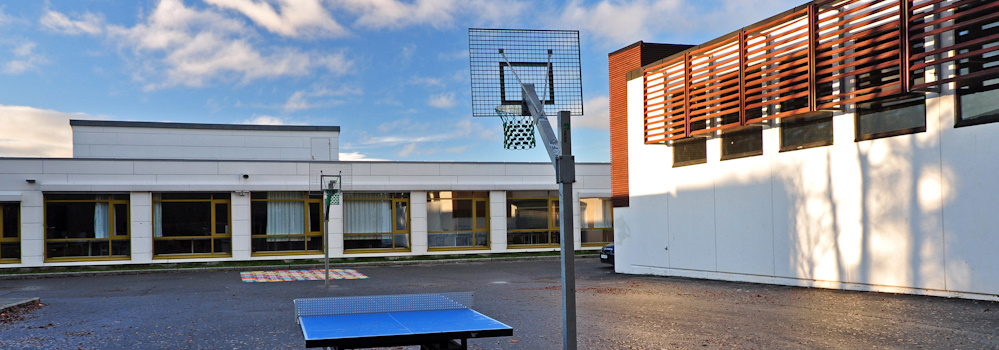
There are plenty of excellent schooling options in the city, including government-funded public schools, private schools and international schools.
Parents with young children can send their children to Norwegian barnehages, or daycares, to help them integrate into their new communities and prepare them for entering Norwegian public schools.
Education and Schools in Oslo
Best Private Schools in Oslo
Best International Schools in Oslo
Finding accommodation in Oslo
Most people moving to Oslo will rent a house or apartment rather than looking for somewhere to buy. Some expats choose to rent a serviced apartment initially while they look for somewhere more permanent to rent. Oslo has accommodation to suit every budget, taste and lifestyle.
There’s a diverse range of neighbourhoods in Oslo, each with its own character and reputation; the suburbs towards the west of the city are generally more expensive, while the eastern areas are cheaper by comparison and have a younger and more diverse population.
Accommodation in Oslo
Areas and Suburbs in Oslo
The Rental Process in Norway
Climate in Oslo
Despite Norway’s reputation as a cold country, Oslo’s summers are pleasantly mild owing to the warming effects of the Gulf Stream. Winters do live up to the country’s reputation, though, with below-freezing temperatures. Luckily, homes are built with this in mind and are well insulated, holding heat effectively.
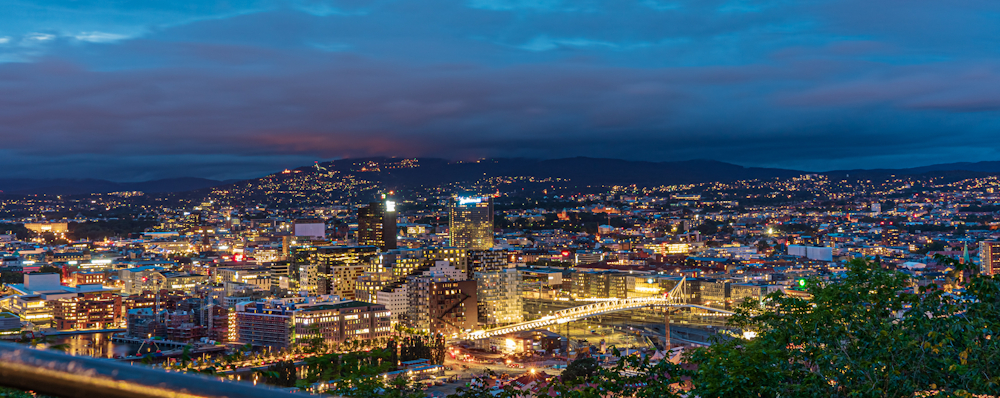


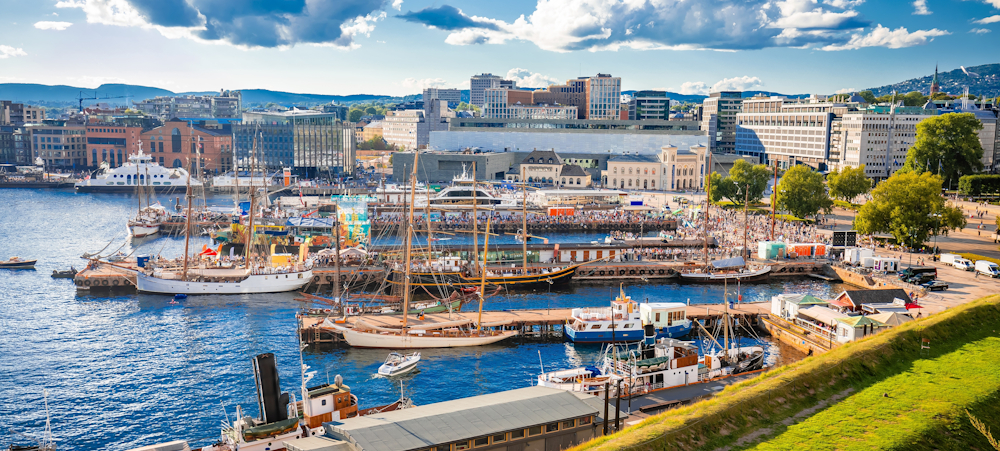
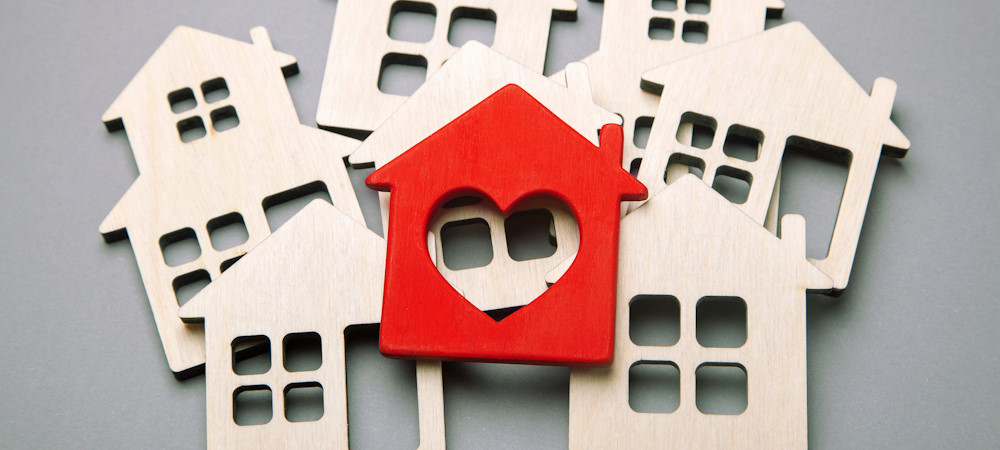

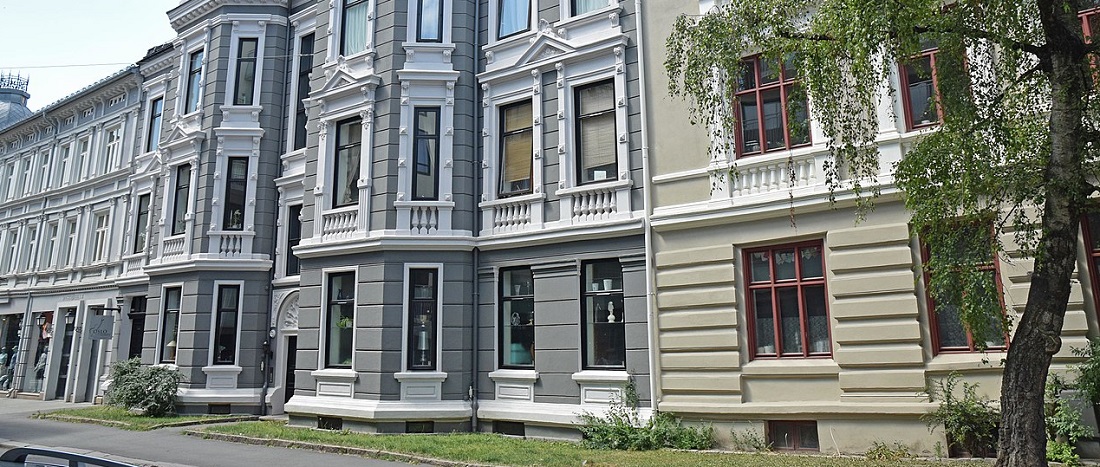 Majorstuen, behind the Royal Palace in the city centre, is an established neighbourhood with many brand-name shops and exclusive nightlife spots.
Majorstuen, behind the Royal Palace in the city centre, is an established neighbourhood with many brand-name shops and exclusive nightlife spots.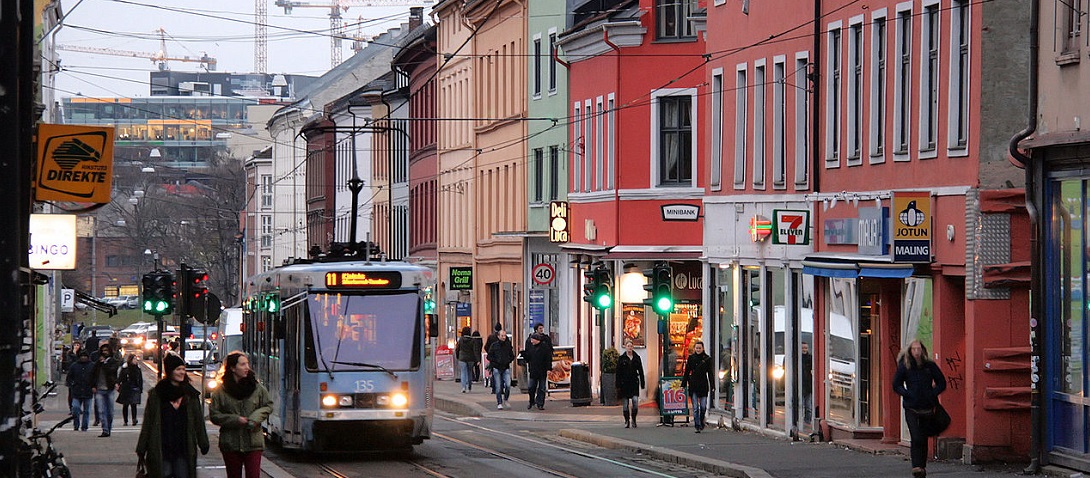 Grünerløkka, a former working-class suburb, lies to the east of the river, near the historical industrial district. It is a trendy area with numerous cafés, coffee shops and bars, as well as small boutiques, independent design and jewellery shops, and vintage shops.
Grünerløkka, a former working-class suburb, lies to the east of the river, near the historical industrial district. It is a trendy area with numerous cafés, coffee shops and bars, as well as small boutiques, independent design and jewellery shops, and vintage shops.


